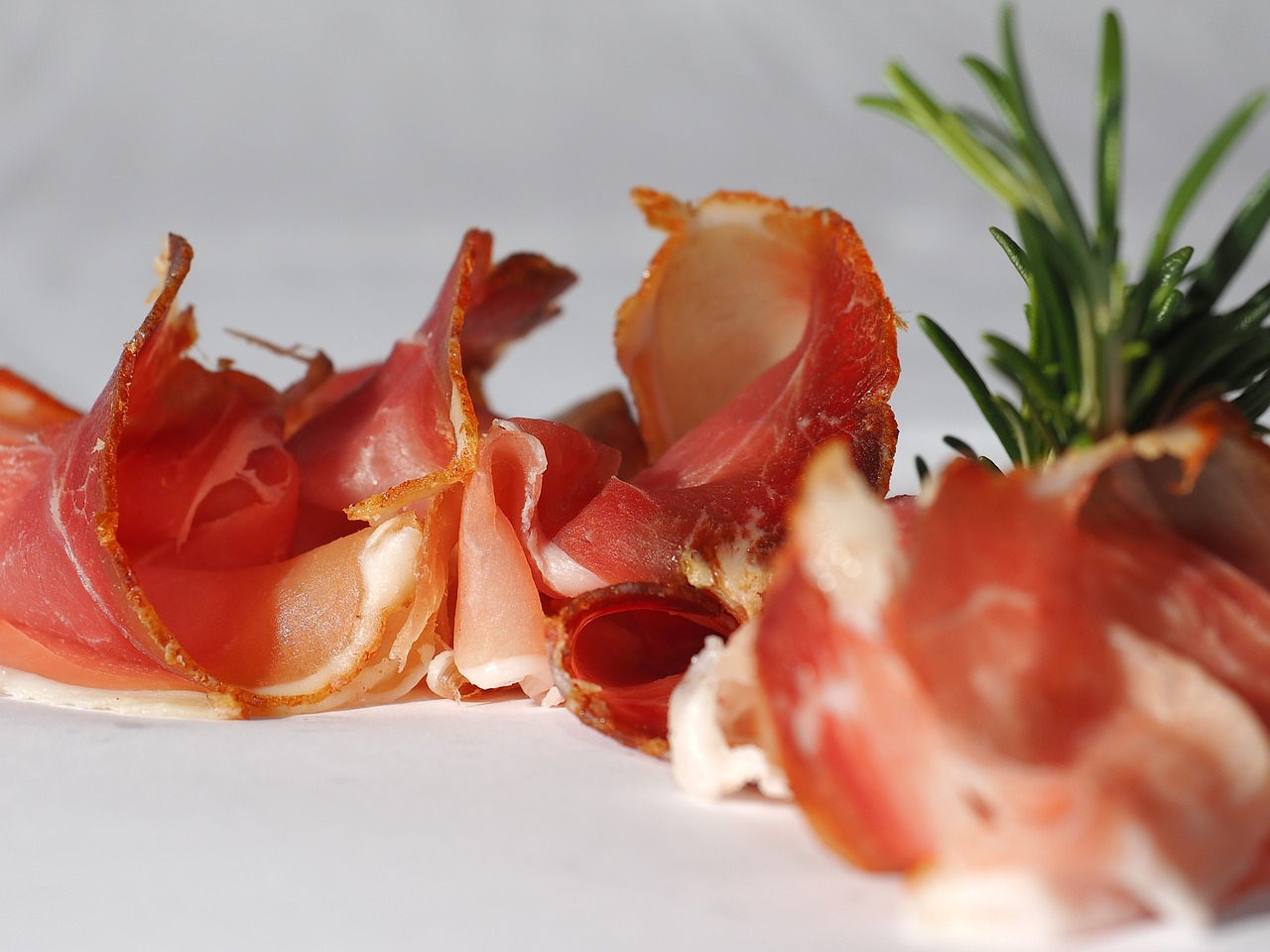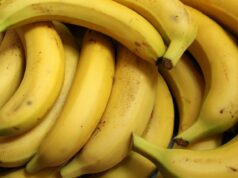Here are 20 facts about bacon
- Bacon dates back to 1500 BC. The Chinese were the first to cook salted pork bellies more than 3000 years ago.
- Romans called bacon petaso. They made it by boiling salted pig shoulder with figs and pepper sauce.
- The word bacon refers to the “back” of a pig. It comes from the Germanic root “-bak” which means back meat.
- The first bacon factory opened in 1770. John Harris opened the first bacon processing plant in Wiltshire, England, where he developed a special brining solution.
- The phrase “bringing home the bacon” dates back centuries. It refers to a tradition where married men who did not argue with their wives for a year and a day were awarded a side of bacon by the church.
- Bacon was used to make explosives during World War II. Households were encouraged to donate their leftover bacon grease to the war effort, which was used to create glycerin for bombs and gunpowder.
- Hardee’s Frisco burger was a game-changer for bacon. It was the first fast-food burger to feature bacon as a topping in 1992, and it boosted the sales of both bacon and sourdough bread.
- Bacon can be made from different cuts of pork. The most common type is side bacon, which comes from the belly of the pig, but there is also back bacon, which comes from the loin, and jowl bacon, which comes from the cheek.
- Bacon can also be made from other animals. >There are varieties of bacon made from beef, lamb, chicken, goat, or turkey, which are often used as alternatives for people who do not eat pork for religious or dietary reasons.
- Bacon can be cured in different ways. There are two main methods of curing bacon: wet curing, which involves injecting or soaking the meat in brine, and dry curing, which involves rubbing salt on the meat.
- Bacon can be smoked or boiled. After curing, bacon can be dried for weeks or months in cold air, smoked over various types of wood or other fuels, or boiled in water or broth.
- Bacon can be cooked in different ways. The most common way is to pan-fry bacon until crisp, but it can also be baked, grilled, broiled, microwaved, or deep-fried.
- Bacon can be used for various culinary purposes. Bacon can be eaten as a side dish, especially for breakfast, used as a central ingredient in sandwiches or salads, or as a flavouring or accent in soups, stews, casseroles, pastas, pizzas, and more.
- Bacon has a unique flavour. Bacon gets its distinctive taste from pork, salt, fat, and sometimes added sugar or spices. The curing and smoking processes also contribute to its flavour by creating chemical reactions that produce compounds such as nitrosamines and polycyclic aromatic hydrocarbons.
- Bacon is high in protein. Bacon has 12 grams of protein per serving (three slices), which is about 24% of the recommended daily intake for adults.
- Bacon is high in fat. Bacon has 13 grams of fat per serving (three slices), which is about 20% of the recommended daily intake for adults. Of this fat, 4 grams are saturated fat and 0.5 grams are trans fat.
- Bacon is high in sodium. Bacon has 570 milligrams of sodium per serving (three slices), which is about 24% of the recommended daily intake for adults.
- Bacon is low in carbs. Bacon has 0.6 grams of carbs per serving (three slices), which is about 0.2% of the recommended daily intake for adults.
- Bacon has no fiber. Bacon has no fiber per serving (three slices), which is about 0% of the recommended daily intake for adults.
- Bacon has some vitamins and minerals. Bacon has small amounts of vitamin B12, zinc, selenium, phosphorus, and iron per serving (three slices), which range from 2% to 10% of the recommended daily intake for adults.
Facebook Comments


































